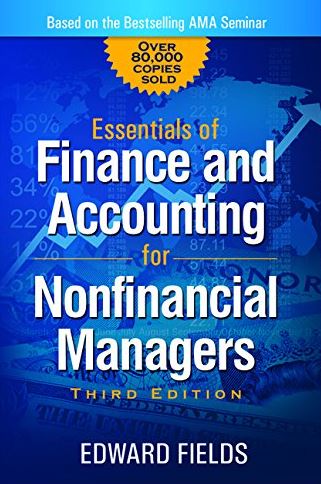Modern Portfolio Theory and Investment Analysis 9th Edition by Edwin J. Elton, ISBN-13: 978-1118469941
[PDF eBook eTextbook]
- Publisher: Wiley; 9th edition (January 21, 2014)
- Language: English
- 752 pages
- ISBN-10: 1118469941
- ISBN-13: 978-1118469941
This book, as the title suggests, is concerned with the characteristics and analysis of individual securities, as well as with the theory and practice of optimally combining securities into portfolios. Part 1 of the book provides a description of securities and markets. Two chapters provide the reader with the institutional background to place the analytics that follow in perspective.
The second, and longest, part of the book discusses modern portfolio theory. We begin Part 2 with a detailed presentation of the theory of modern portfolio analysis and show that the characteristics of portfolios are significantly different from those of the individual securities from which they are formed. In fact, portfolio analysis is the recipe for one of the few “free lunches” in economics. By the end of Chapter 6, the reader will have learned the basis of portfolio theory from the relationship of portfolio characteristics to security characteristics to the method of computing sets of portfolios that investors will find desirable.
The theory presented at the beginning of the book has been around long enough that major breakthroughs have occurred in its implementation. These breakthroughs involve simplification of the amount and type of inputs to the portfolio problem (Chapters 7 and 8), as well as simplification of the computational procedure to find sets of desirable portfolios (Chapter 9). The major advantage in the latter simplification is that the portfolio selection process and the final portfolios selected have a structure with a clear-cut economic rationale, one to which both the practicing security analyst and the economist can relate. Chapter 10 discusses the all-important input to portfolio management expected return.
Table of Contents:
Chapter 1: Introduction
Chapter 2: Financial Securities
Chapter 3: Financial Markets
Chapter 4: The Characteristics of the Opportunity Set Under Risk
Chapter 5: Delineating Efficient Portfolios
Chapter 6: Techniques for Calculating the Efficient Frontier
Chapter 7: The Correlation Structure of Security Returns: The Single-Index Model
Chapter 8: The Correlation Structure of Security Returns: Multi-Index Models and Grouping Techniques
Chapter 9: Simple Techniques for Determining the Efficient Frontier
Chapter 10: Estimating Expected Returns
Chapter 11: How to Select Among the Portfolios in the Opportunity Set
Chapter 12: International Diversification
Chapter 13: The Standard Capital Asset Pricing Model
Chapter 14: Nonstandard Forms of Capital Asset Pricing Models
Chapter 15: Empirical Tests of Equilibrium Models
Chapter 16: The Arbitrage Pricing Model APT – A Multifactor Approach to Explaining Asset Prices
Chapter 17: Efficient Markets
Chapter 18: The Valuation Process
Chapter 19: Earnings Estimation
Chapter 20: Behavioral Finance, Investor Decision Making, and Asset Prices
Chapter 21: Interest Rate Theory and the Pricing of Bonds
Chapter 22: The Management of Bond Portfolios
Chapter 23: Option Pricing Theory
Chapter 24: The Valuation and Uses of Financial Futures
Chapter 25: Mutual Funds
Chapter 26: Evaluation of Portfolio Performance
Chapter 27: Evaluation of Security Analysis
Chapter 28: Portfolio Management Revisited
What makes us different?
• Instant Download
• Always Competitive Pricing
• 100% Privacy
• FREE Sample Available
• 24-7 LIVE Customer Support




Mason Simmons (verified owner) –
Got my eBook in 10 seconds—wow!